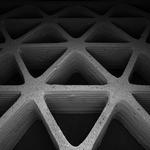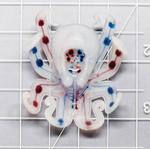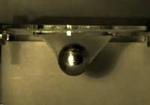Other

“At the beginning of the decade, George Whitesides helped rewrite the rules of what a machine could be with the development of biologically inspired “soft robots.” Now he’s poised to rewrite them again, with help from some plastic drinking …

“A team spanning Baylor College of Medicine, Rice University, Texas Children’s Hospital and the Broad Institute of MIT and Harvard has developed a new way to sequence genomes, which can assemble the genome of an organism, entirely from scratch …

“Researchers from the Harvard John A. Paulson School of Engineering and Applied Sciences (SEAS) have developed a new flow battery that stores energy in organic molecules dissolved in neutral pH water. This new chemistry allows for a non-toxic, non-corrosive battery …

“Nature does amazing things with limited design materials. Grass, for example, can support its own weight, resist strong wind loads, and recover after being compressed. The plant’s hardiness comes from a combination of its hollow, tubular macrostructure and porous …

“Designing a soft robot to move organically to bend like a finger or twist like a wrist has always been a process of trial and error. Now, researchers from the Harvard John A. Paulson School of Engineering and Applied Sciences …

“Researchers from the Harvard John A. Paulson School of Engineering and Applied Sciences (SEAS) have made the world’s smallest radio receiver, built out of an assembly of atomic-scale defects in pink diamonds. This tiny radio, whose building blocks are …

“The “octobot” is a squishy little robot that fits in the palm of your hand and looks like something in a goody bag from a child’s birthday party. But despite its quirky name and diminutive size, this bot represents …

“A team of Harvard University researchers with expertise in 3-D printing, mechanical engineering, and microfluidics has demonstrated the first autonomous, untethered, entirely soft robot. This small, 3-D-printed robot — nicknamed the “octobot” — could pave the way for a new generation of …

“A team of experts in mechanics, materials science, and tissue engineering at Harvard have created an extremely stretchy and tough gel that may pave the way to replacing damaged cartilage in human joints. Called a hydrogel, because its main ingredient …

“Harvard researchers have identified a whole new class of high-performing organic molecules, inspired by vitamin B2, that can safely store electricity from intermittent energy sources like solar and wind power in large batteries. The development builds on previous work in …
